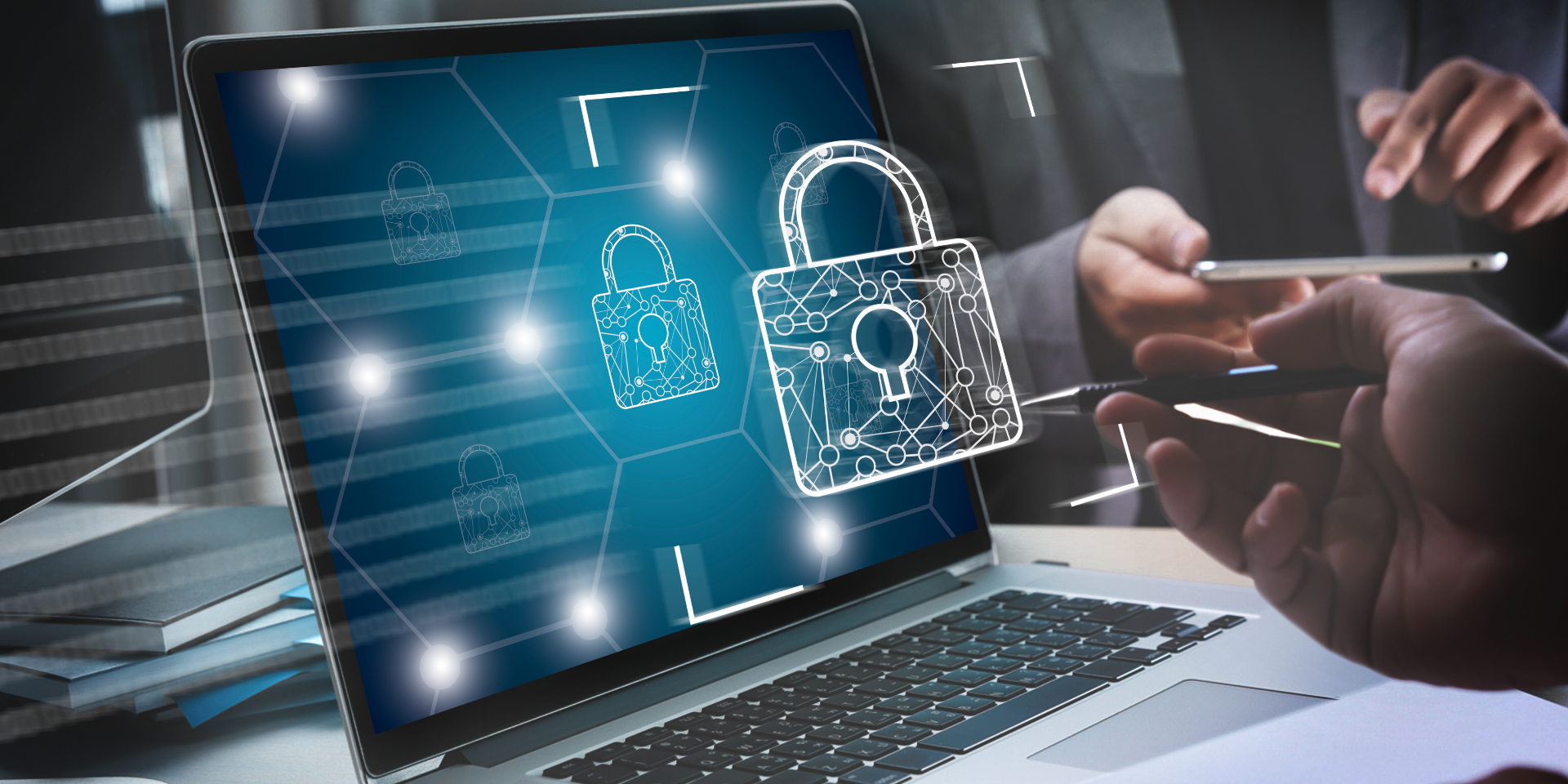10 Tips to Improve Your Computer’s Network Security | We Fix Wireless

Are you worried your computer network might not be secure enough? In today's world, where digital threats are more advanced than ever, ensuring your computer's network is secure is no longer optional—it's essential. Whether you're working from home or managing a small business, network breaches can lead to financial loss, data theft, or worse.
At We Fix Wireless, we repair more than just devices—we help you protect them too. Our experts in device and computer repairs often advise clients on how to safeguard their systems from online threats. In this comprehensive guide, we'll walk you through 10 actionable ways to level up your network security. This topic falls under Your Money or Your Life (YMYL) because poor network security can lead to financial fraud, identity theft, and business data leaks.
What is Computer Network Security?
Computer network security involves protecting your computer systems and connected devices from unauthorized access, misuse, malfunction, modification, or destruction. It encompasses both hardware and software technologies designed to secure the integrity, confidentiality, and availability of your network data.
Why It Matters
According to IBM's 2024 Data Breach Report, the global average cost of a data breach has risen to $4.45 million.
Over 90% of successful cyberattacks start with human error, such as clicking on a malicious link or using weak passwords.
Network security is not just a technical issue—it's a business survival issue.
1. Use Strong and Unique Passwords for All Devices
One of the simplest but most effective ways to secure your computer network is by using strong, unique passwords for each device and account.
Tips:
Use a password manager to generate and store complex passwords.
Avoid personal information like birthdays or names.
Include uppercase, lowercase, numbers, and symbols.
Never reuse the same password across multiple devices or services.
2. Enable Two-Factor Authentication (2FA)
Two-factor authentication adds an extra layer of security by requiring a second form of identification, such as a mobile code or fingerprint scan.
Benefits:
Blocks access even if your password is compromised.
Adds a layer of defense for cloud storage and email services.
Most platforms including Gmail, Dropbox, and Microsoft 365 offer 2FA options.
3. Regularly Update Your Operating System and Software
Outdated software is one of the most common entry points for cybercriminals.
Actionable Advice:
Turn on automatic updates for your OS, browser, and antivirus.
Check for firmware updates for your router or modem.
Software patches often include fixes for known security vulnerabilities.
4. Use a Trusted Antivirus and Firewall
Antivirus software scans your system for malicious files, while firewalls block unauthorized network access.
What to Look For:
Real-time scanning and threat detection
Automatic virus definition updates
Outbound traffic monitoring
Avoid free antivirus software that lacks real-time scanning.
5. Secure Your Wi-Fi Network
A poorly secured Wi-Fi network is like leaving your front door open.
Steps to Secure Wi-Fi:
Change default router login credentials
Use WPA3 encryption instead of WPA2 or WEP
Hide your SSID from public listing
Enable MAC address filtering
Contact We Fix Wireless if you need help configuring your home or business router.
6. Segment Your Network
Network segmentation separates your devices into different networks or subnets to contain potential threats.
How to Do It:
Use guest networks for visitors
Keep IoT (Internet of Things) devices on a separate VLAN
Segment business-critical systems from general browsing devices
This minimizes exposure if one device gets compromised.
7. Backup Your Data Regularly
Backups are essential to recover lost or corrupted files in case of an attack like ransomware.
Backup Methods:
Use both local (external hard drive) and cloud backups
Automate backups to run daily or weekly
Test backups periodically to ensure data can be restored
Never keep your only backup connected to your main device full-time.
8. Be Cautious with Emails and Links
Phishing attacks are among the most common forms of social engineering.
How to Stay Safe:
Never click on suspicious links
Don't download attachments from unknown sources
Verify URLs and sender email addresses
Email scams can look legitimate—think before you click.
9. Monitor Your Network Activity
Keeping an eye on your network activity can help you spot unusual behaviors early.
Tools and Tips:
Use software like GlassWire, Wireshark, or your router's built-in logs
Watch for unknown devices on your network
Set up alerts for high bandwidth usage
Early detection can prevent more serious breaches.
10. Consult a Professional When Needed
Sometimes, DIY security isn't enough. Professional support can help configure your network securely and conduct audits.
What Experts Can Do:
Run vulnerability scans
Provide firewall configuration
Secure remote access points
Contact We Fix Wireless to schedule a security consultation.
Final Thoughts
In today's interconnected world, network security is more than just antivirus software—it's about building a resilient system from top to bottom. By following these 10 tips, you're actively reducing your risk of data loss, identity theft, and cyberattacks.
For all your computer and mobile device needs, We Fix Wireless is here to help. From hardware repairs to full system security, we ensure your digital life stays protected.
FAQs
Q1: How often should I update my antivirus software? A1: Most premium antivirus software updates automatically daily. Still, check weekly to confirm updates are active.
Q2: Is public Wi-Fi safe for checking emails or banking? A2: No, it's highly discouraged unless you're using a secure VPN connection.
Q3: Can I use the same antivirus for multiple devices? A3: Yes, many paid antivirus providers offer multi-device licensing.
Q4: What's the best way to store my passwords securely? A4: Use a reliable password manager like Bitwarden, LastPass, or 1Password.
Q5: How do I know if someone is spying on my network? A5: Sudden slow speeds, unknown devices, or unauthorized login attempts may be signs. Use network monitoring tools to verify.
